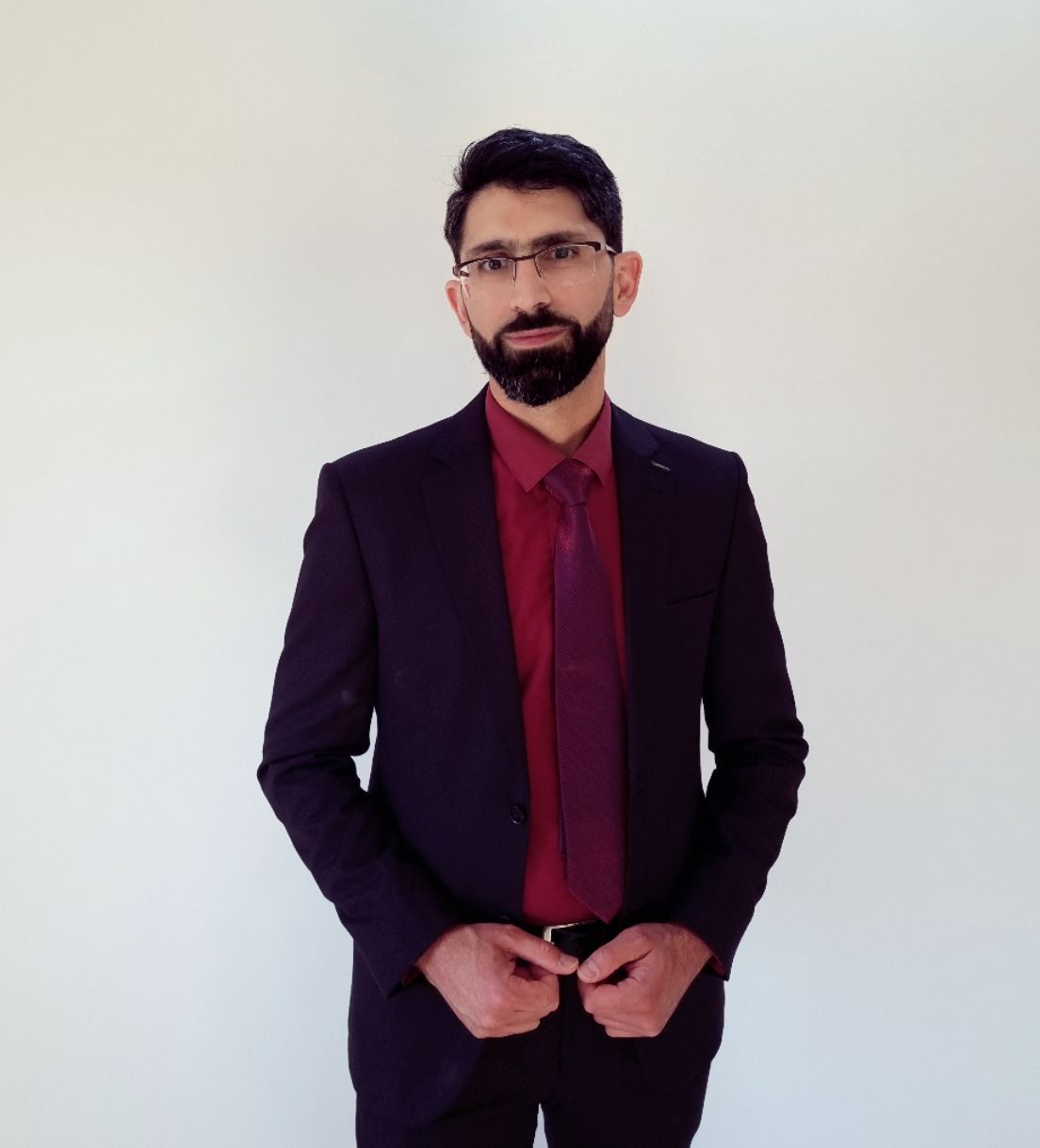Postgraduate Course: Biomechanics - temporary anchorage devices
Attendance: postgraduate students only. A ticket can be purchased during the main congress registration process.
Abstract:
This clinically oriented course has the purpose of explaining some of the most essential everyday biomechanical principles, as well as the most modern biomechanical advancements within the world of skeletal anchorage devices. Technical and practical details, from a biomechanical point of view, related to the following orthodontic problems will be under focus:
- Mesialization and closing mechanics: Preventing tipping and minimizing side effects. Choosing of torque and finishing. Symmetric versus asymmetric closure of agenesis.
- Distalization mechanics and class II malocclusions: indications and managing side effects. Advantages and disadvantages.
- Class III orthopaedic correction: appliance design and treatment protocols. Long-term outcomes.
- Transversal discrepancies: improving stability by biomechanics. No need for retention anymore.
- Management of open bites and increased vertical dimensions: success factors and retention.
In addition, the management of common orthodontic challenges such as asymmetrical biomechanics, middle line shift, gummy smile, biological boundaries and the different biotypes will be discussed. All subjects will be illustrated with clinical examples.
Aim:
To introduce basic biomechanics of common orthodontic treatments and protocols emphasizing the most modern techniques within the world of skeletal anchorage.
To give the participants a sound insight into orthodontic biomechanics and to give them the building stones to be able to understand and improve their treatment plans and techniques in the future.
Learning outcomes:- To be able to understand and utilize basic and sound biomechanics to build up treatment plans.
- To be able to sketch and construct orthodontic appliances and the biomechanics needed to fulfil treatment objectives.
- To be able to measure and analyze treatment mechanics.
- To be able to evaluate treatment stability and prognoses.
- To be able to identify reasons for side effects and biomechanical problems and to be able to rethink and rebuild new treatment strategies

